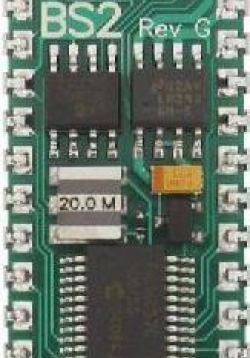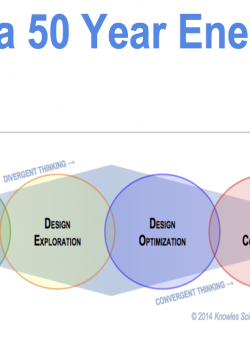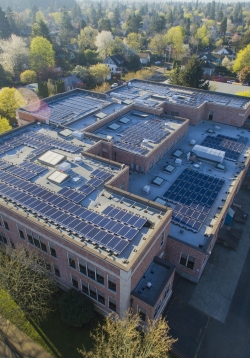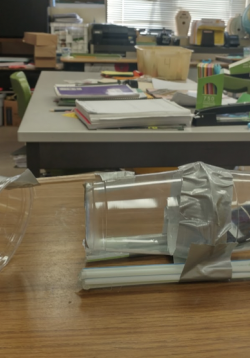Designing a Solar Charger
In this lesson, students will further explore the potential and challenges related to using photovoltaics to supplement the power needed to charge batteries in BEVs. Students will be provided with a 12 V lead-acid battery and several 3 V, 1.5 A solar...







